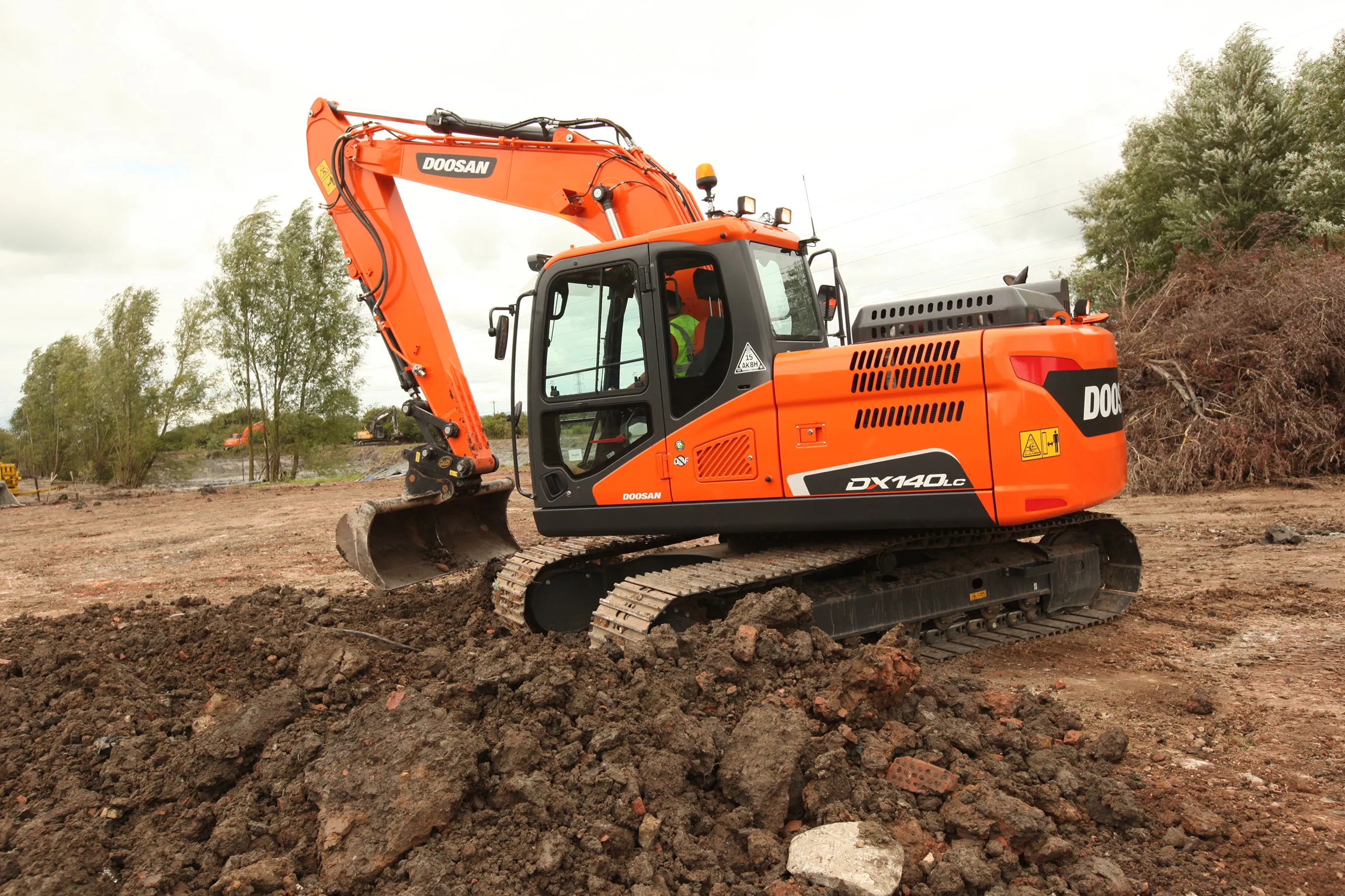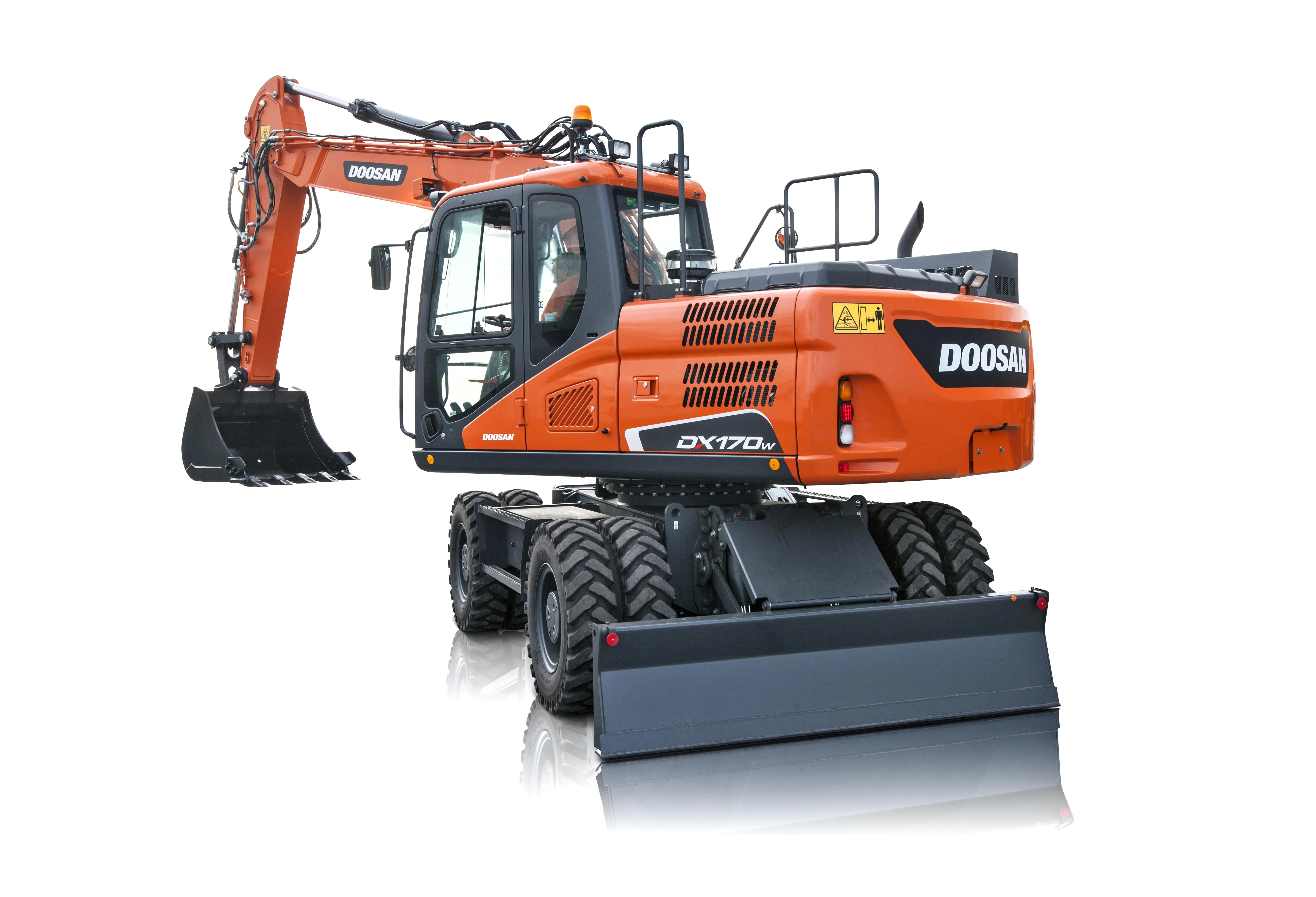Volvo said that its new DD25B double drum compactor offers a combination of high productivity and performance. Power for the DD25 double drum comes from a Tier 4 Final/Stage IV-compliant engine, and it achieves outstanding results with maximum machine uptime.
The three-cylinder diesel is said to be durable and fuel-efficient and meets the Tier 4 Final/Stage IV emissions regulations without requiring an after-treatment system. Delivering 18.6kW, the Volvo D1.7A engine is said to be well-matched to the co
August 17, 2015
Read time: 2 mins

The three-cylinder diesel is said to be durable and fuel-efficient and meets the Tier 4 Final/Stage IV emissions regulations without requiring an after-treatment system. Delivering 18.6kW, the Volvo D1.7A engine is said to be well-matched to the compactor’s hydraulic system and delivers high performance, while offering a 7% reduction in fuel consumption over the previous model.
The DD25B offers high frequency compaction, with a choice of 3300 or 4000vpm depending on application. Increased productivity allows the operator to travel at higher speeds while still maintaining optimum impact spacing. The sloping engine cover and sliding seat are said to provide the operator with a good view of the drum edges and surroundings whether the compactor is working forwards or in reverse.
Other features include machined drums with chamfered edges, a sophisticated pressurised water system that delivers a consistent flow to the front and rear drums, a large water tank capacity and the option to adjust the interval between sprays to conserve water when required.








